Ah, teaching sixth grade. Students fall into that sweet spot of demanding to be taken seriously and yet aren’t too cool to act out stories or play a group game. The wide range of sixth grade interests, abilities, and skills can be tricky to navigate, so we’ve gathered tips and ideas from our teacher community and around the web. Whether you’re a newbie to sixth grade or a longtime veteran, we think you’ll love these ideas. We’ve organized the list by topic to make it easy to find the tips most relevant to you: The First Days of School and Tips for Classroom Management, Language Arts, Math, Social Studies, Science, and the Arts. Check it out!
The First Days of School
1. Introduce yourself creatively.
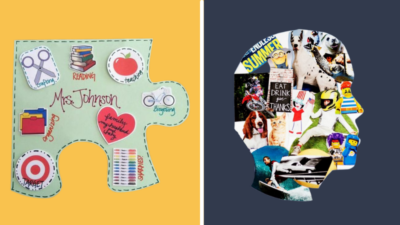
There’s nothing quite like the very first moment of the first day of school. You stand at the front of the classroom looking at all those expectant faces for the very first time. Then you have your chance to introduce yourself to your students, to let them know who you are and what they can expect over the year to come. We love these creative ways to introduce yourself.
2. Start the year with an icebreaker.
Get to know your students right away—they’re likely new to the school as well as your class. Check out our icebreakers for middle school students.
3. Ask thoughtful questions.
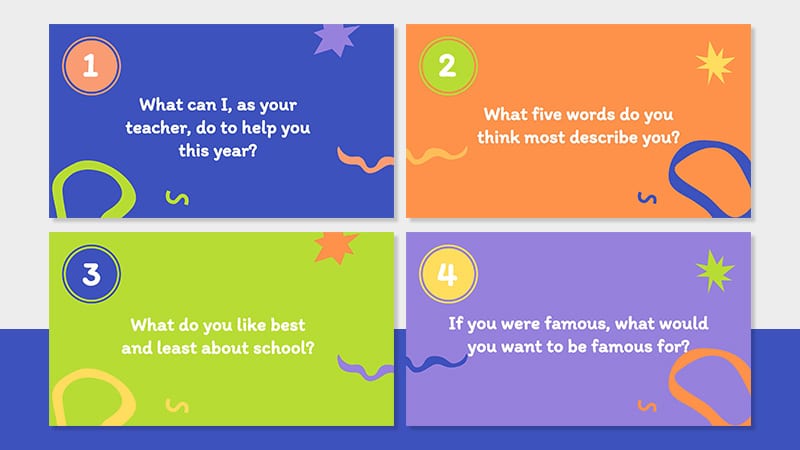
Sixth graders (and most middle schoolers, for that matter) aren’t known for offering up their opinions or thoughts as readily as younger students. Come prepared with questions that are easy for kids to answer. Check out our favorite introduction questions for middle schoolers.
4. Ask silly questions too!
You’d be surprised at the depth and complexity of your students’ answers to silly questions, like “Would you rather fight 100 duck-sized horses or one horse-sized duck?” Their responses will tell you so much about their personalities in the best ways. You may thank me later.
5. Know how to handle student differences.
Sixth graders often struggle to understand and deal with other kids’ behaviors. Here’s how one teacher handles it: “I often ask my 6th grade students, ‘Did he choose to be like that?’ if they are reasonable, they will say no, and then I say, ‘Well you have a choice about how you will respond to that, and that will show everyone what sort of person you are.’ End of matter.” —Amy K.
6. Establish a culture of kindness.

Print these free downloadable posters to remind your students that kindness matters most of all.
7. Build your students’ social-emotional skills.
Teaching sixth grade means building SEL skills. Use these read-alouds to talk about everything from kindness to courage to trying your best.
8. Give students jobs.
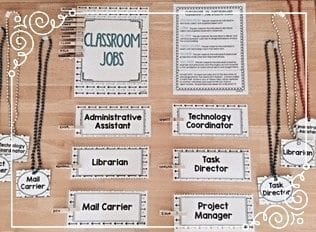
Even big kids like jobs. And assigning jobs like keeping the classroom library organized or managing the day’s worksheets keeps your classroom operating smoothly. Sixth-grade teacher Mrs. Beers upgraded her class jobs to have more sophisticated names like Project Manager and Technology Coordinator.
Tips for Classroom Management
9. Build routine.
“It’s the nature of the middle school beast. You just have to get used to having to say the same thing day in and day out. We are 2/3 of the way through the school year and I still say, every day, ‘Turn around, look at the person behind you, take their paper, hand it up.’ Build routine and then stick to routine.” —Tracy S.
Also, check out these must-teach classroom procedures.
10. Be prepared for cyberbullying.
Sixth graders seem young, but they’re no strangers to the internet—42 percent of kids have been bullied online. Make sure you know how to address cyberbullying. One of the best ways to do so is getting kids to report it and address it by being “upstanders.”
We also have a bunch of anti-bullying resources here.
11. Have a “No Name” rack.
When you’re teaching sixth grade, you’re bound to get a few (read: a zillion) papers with no name on them. Here’s a place to put them!
12. Include student photos in your sub folder.
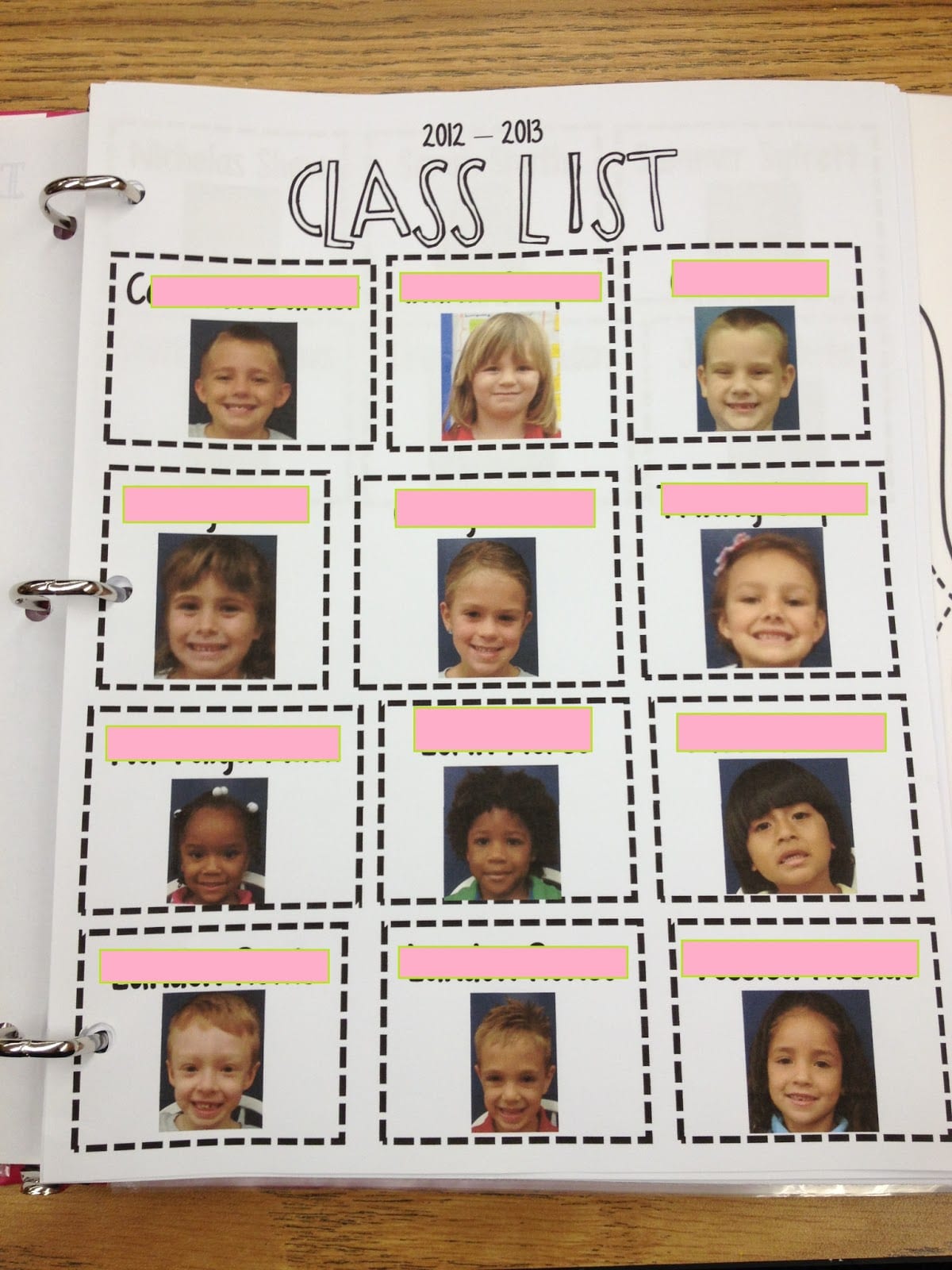
Yes, this idea comes from a kindergarten blog, but we’ve known enough mischievous sixth graders who like to trade places to know that it’s a great idea to match student photos with names in a sub folder. From Keepin’ It Kool in KinderLand.
Also, check out these tips for preparing a tough class for a substitute teacher.
13. Remember that consequences don’t always need to be immediate.
When I first started teaching middle school, I’d often get stuck feeling like I had to have the perfect response on the spot. What do you do when you turn around to see a student moving ceiling tiles with a wand he made from attaching 13 markers? (Note: I still don’t know. I think I would just laugh.)
Instead of putting pressure on yourself to respond perfectly in that moment, say something like, “I need to think about how to respond to this. I’ll let you know what I’ve decided at the beginning of class tomorrow.”
Also, check out these logical consequences for the classroom.
14. Laminate your checklists.
“I gave my middle school art students a blank laminated flow chart titled ‘What do I do next?’ They used china markers to fill in the instructions while I told them verbally and also filled out one on the board. When they asked what was next, I told them to check the chart. It worked great! They can erase the chart when moving to the next activity.” —Abbie B.
15. Help students make up for lost time.
Put all the materials that an absent student will need upon return—homework assignments, worksheets, discussion notes—in one place. Then, when student arrives back, they can quickly select the material they missed without disrupting class.
16. Use expert groups.
Group students into four equal “Expert Groups” that are strategically organized into heterogeneous groups by ability. Then, give each group a topic to cover or a task to accomplish. After the experts have learned about their topic or completed their task, they move into new groups to share what they learned with one another. This idea comes from Go to Teach.
17. Plan to let kids move.
If you don’t plan it into the lesson, sixth graders will fidget, squirm, or find an excuse to get out of their seats. Assigning them partners that require them to get up and move, passing out sticky notes that they can record answers on and post them on the wall, or having them stand during math fluency drills are all ways to keep them moving.
Also, here’s a tool kit of free printables to help get your students up and moving during the day.
18. Don’t shy away from a theme.
“Kids will say silly things about a theme being childish, but if you watch them, they love it. Go with your gut if you choose a theme—your kids will love it.” —Laura K.
“My theme for teaching 6th grade was ‘Be More Awesome’ from Kid President. We watched his videos, set goals, and brainstormed ways to be more awesome as individuals, as a group, and in the community. We did service and writing projects, and the kids and parents loved it.” —Sharon R.
If you need inspiration, here are our favorite middle school classroom decorating ideas.
19. Celebrate more than meeting standards.
“I make it a habit to celebrate everything. It is easy to become discouraged if your goals have to be ‘meet standards,’ ‘be proficient,’ ‘read at grade level,’ etc. In many classrooms, there are a few (or more!) kids who may not meet those goals during your year together. I tell my students that we celebrate moving forward. I try to recognize kindness and good character whenever possible, and I try to recognize those moments that matter in a different way. Whether it is having a pencil two days in a row, finishing a book, remembering 8 x 7 = 56, or using the word of the week in written or spoken language. In many ways, the encouragement buoys my spirits as much as the students’!” —Joy
20. Get ahead of the piles.
Sixth-grade teacher blogger Joy in 6th uses a work basket to keep the papers from piling up. “The rule: No double basketing! I can’t re-box, re-pile, or re-hide the papers. I need to check them in or do whatever is required. I pretend there is a silent alarm that only I can hear … telling me to do something with the papers since we all know more will be added to the basket soon!”
21. Bring your sense of humor.
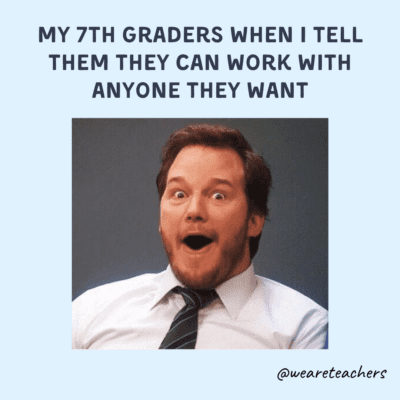
Teaching sixth grade will try your patience. Students will exercise their excuses, their lack of rationality, their insistence on fairness, and developing a sense of justice. The best way to deal with it is a healthy dose of humor. To start, find the funny in the things your students say (including the names they give you), and bring in comics and memes to reinforce your lessons and directions. Also, check out these cheesy teacher jokes, as well as math jokes, science jokes, and history jokes.
Tips for Language Arts
22. Give students choice in literature circles.

Sixth graders love literature circles, which encourage strong discussion and ownership over reading. Build choice into your literature circles by providing them with a few novel choices and a blank calendar to plan out their reading. Check out these life-changing books for middle school and classic middle-grade books.
23. Introduce short stories—we have over 50!
It can be a challenge to get middle schoolers interested in reading. The thought of tackling a thick novel can be overwhelming, especially during distance learning. These short stories are always a great choice.
24. Blackout poetry is the best.
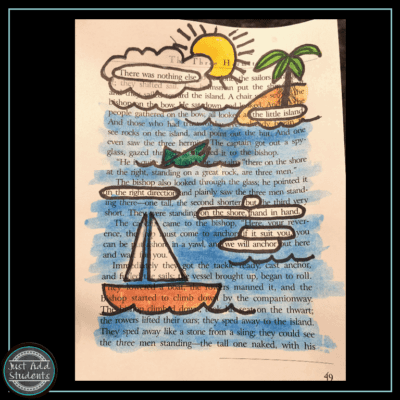
Blackout or erasure poetry is not only fun for kids, it’s super easy to scaffold for students who need more of a challenge or a little more help. Check out how teacher Marypat uses blackout poetry here. (P.S. It’s also a great second life for your torn and battered books!)
25. Include other poetry too.
It can be hard to know which poems will spur your middle and high schoolers into deep, meaningful discussion and which will leave them yawning. So we asked experienced teachers to share their favorite poems that always get a reaction, even from teens. Check out the list of poems for middle school here.
26. Give students choice in how to present their work.
Sometimes you’ll want a traditional writing assignment to build students’ analytical skills. Other times, you may want to give students options. “I let my students work in groups and read part of a chapter and then teach it to the class. They do various things such as present graphic organizers, skits, raps, acrostics, etc.” —Brittney R.
27. Do close readings of movies.
Help students apply the same critical thinking and analysis they do during close reading to movies by using short movies and TV clips. Have students watch the movie clips with purpose and spend time analyzing the clips in depth. Here’s more on the idea from MiddleWeb.
28. Use graphic novels with developing readers.

“Graphic novels help struggling readers and also help with writing.” —Meaghan G.
Some great graphic novels to use with sixth graders are Bone: Out From Boneville by Jeff Smith, Drama by Raina Telgemeier, and Lewis & Clark by Nick Bertozzi. Also, check out our full list of middle school graphic novels.
29. Read aloud.
Sixth graders love a good read-aloud, and an interactive read-aloud can create a valuable shared reading experience. Here’s our list of books to teach in middle school.
Tips for Math
30. Post the essentials.
Check out these sixth grade math essentials posters from Teachers Pay Teachers (free). To start, project the posters at the start of a lesson. Then have hand-outs ready for students who need reminders.
31. Hands-on, minds-on.
Check out this list of hands-on activities for math from Teaching Expertise. Invite me to observe when you do the volume of a candy bar activity!
32. Get graphing dry-erase boards.
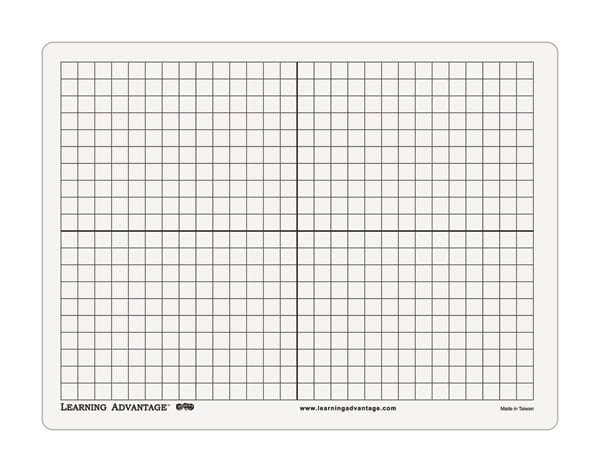
Check these out to engage students in graphing work.
33. Build in writing time.
Whether your school requires it or not, having your math students write not only builds interdisciplinary connections but helps sharpen literacy skills (which benefits everyone!). One teacher I know has students write children’s books using geometry concepts with accuracy, and then they actually read them to K-2 students.
34. Keep math centers moving.
Math centers are a great way to differentiate your classroom and engage sixth graders in math practice. For example, here’s how Middle School Math Man organizes math centers.
35. Assign an unforgettable math project.
Every sixth grader is wondering what they’d do with a million dollars, so let them try it out with The Million Dollar Project.
36. Make math problems relevant.
Ask your colleagues, staff, and administration how they’re using math in what they’re currently doing or planning. Then have your students help out! “Mr. Reynolds is making a sweet potato casserole for the English department Thanksgiving potluck and wants to make sure he can feed everyone. If he’s using a 9 x 13-inch pan, what size pieces should he cut to feed all 12 teachers in the English department?” Have them make a video with their answer to send to Mr. Reynolds. Word problems feel so different when they’re real.
37. Have math resources on hand.
Sixth grade math covers a lot of ground, so you’ll want a lot of help at your fingertips. “We use Illustrated Math, the Georgia State resources, and EngageNY. Also brush up on ratios.” —Ingrid S.
You might want to bookmark this list of math websites. Additionally, check out this list of our favorite math supplies for middle school.
Tips for Social Studies
38. Teach the branches of government.
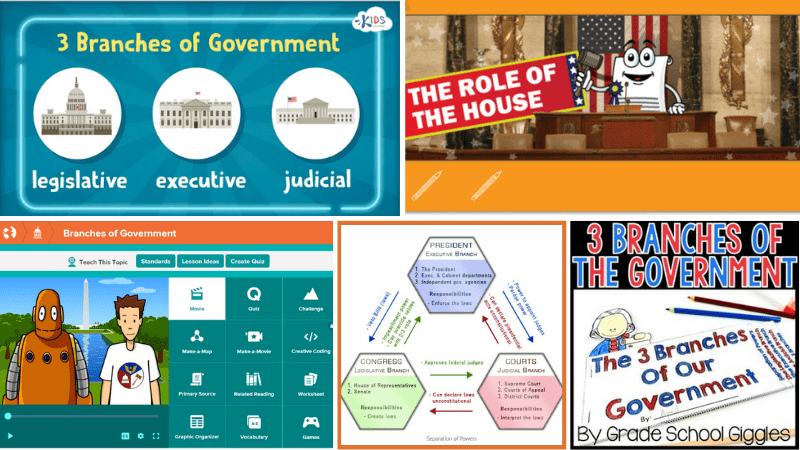
More than ever, our country is examining the laws that were put in place to protect and guide us. It can be overwhelming, however, to explain exactly how that works. To help you give your lesson plans a boost, we’ve put together this list of resources that help teach kids about the branches of government.
39. Start the movie projector.
Films are a great way to make history come alive or present another representation of a favorite novel. Some middle school movie recommendations from our community: Remember the Titans, The Color of Freedom, Pay It Forward, Rudy, Mad Hot Ballroom, October Sky, Stand and Deliver, Wild Hearts Can’t Be Broken, and Mr. Holland’s Opus. All these films clearly present characters and themes that your students will remember long after middle school. Also, check out this big list of educational Netflix shows.
40. Get ready to go back in time.
When teaching sixth grade, the social studies curriculum is often all about ancient civilizations. Here’s how one of our community members handled it: “We created cubes (made of poster boards and cut and glued with hot glue) to create an informational cube about Egyptians. They also were in small groups toward the end of the year and made commercials to try to get “tourists” to visit their location. They also made brochures of their civilization. They created a sarcophagus, and they loved that project. They do a medieval feast!” —Brittney R.
41. Use online learning.
There are some amazing websites out there for teaching social studies lessons. For example, check out this big list of favorites.
42. Introduce debate.
“We do a debate between the Patriots and the Loyalists (with costumes). The kids LOVED this activity.” —Sherrie R.
If your students enjoy that, they’ll probably also love readers theater. Here’s a list of our favorite readers theater scripts.
Tips for Science
43. Conduct appropriate science experiments.
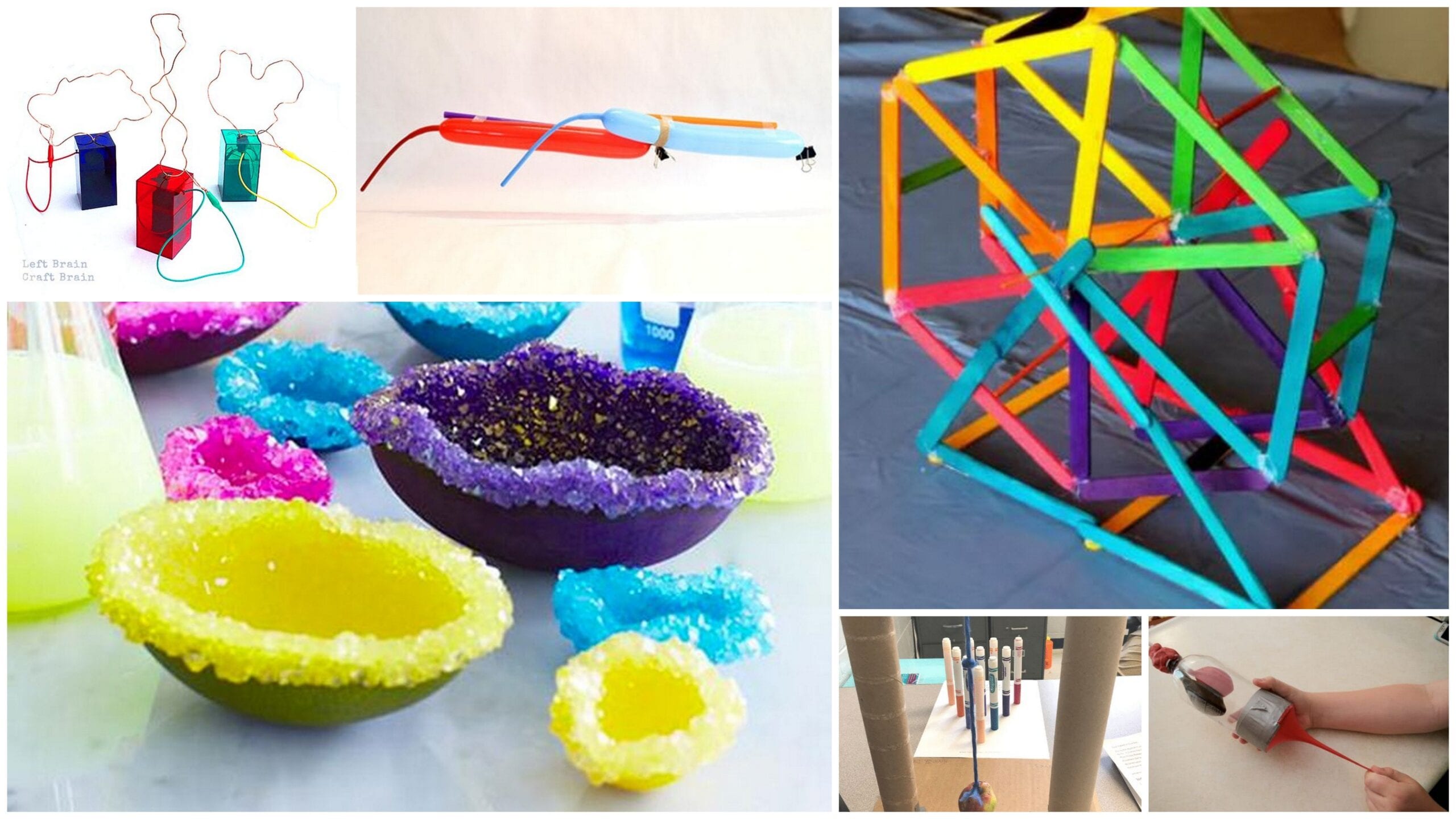
Like kids of every age, sixth grade students love hands-on science! Teachers do, too, because when you’re teaching sixth grade, the learning is a lot more meaningful when students see concepts in action. This roundup of sixth grade science projects and activities has a little something for everyone—from biology and ecology to physics and chemistry.
44. Schedule labs first.
“Try mixing up your teaching style by introducing topics with a lab first. Let the students get a hands-on feel for the material before any type of lecture is used.” —Christie E.
45. Pull up a science website.
Science is exciting. Unfortunately, students may say they don’t like science because textbook lessons can be a little dry. Whether you’re in the classroom or teaching online, finding the right resources can bring these complex concepts to life! To help you get started, here’s a list of the best science websites for middle school.
46. Read the newspaper in science class.
“Throw in current events as much as possible! My students love when a topic we cover relates to something happening now … for example, when we touched on viruses, we took a day to discuss the truths and myths of Ebola!” –Christie E.
Tips for the Arts
47. Give them the stage.
“I use a great company called Bad Wolf Press for plays. They sell short musicals (curriculum based). They are funny, and you can be as simple as you like with costumes and scenery.” —Rhona C.
48. Social media is your best friend for artsy ideas.

Instagram in particular is a great resource for collecting ideas when you’re teaching sixth grade art classes. My favorite? lambie_k on Instagram. I mean, just look at this backpack-wearing narwhal. The ocean swirls! The Northern Lights!
49. Get crafty.
Even sixth graders like to make crafts like duct tape hearts for Valentine’s Day, flower pens for Mother’s Day, or 3D shaped flip-books in math. Also, it’s even better if crafts overlap with other concepts!
50. But don’t assume they can handle glitter!
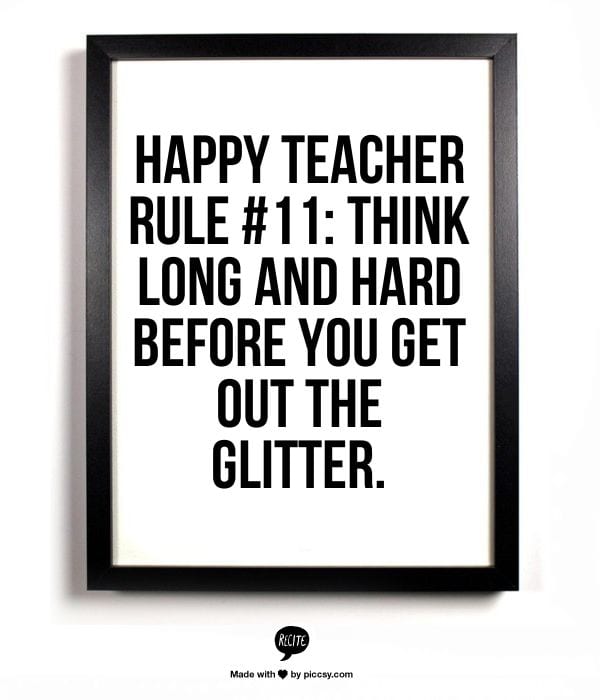
“My sixth graders cannot handle glue or glitter. Found that out the hard way this year.” —Sharon R.
